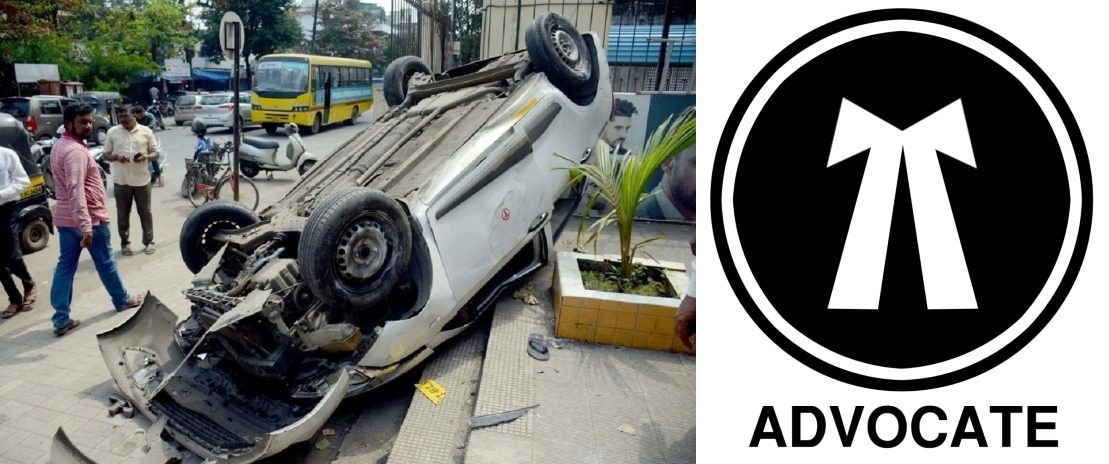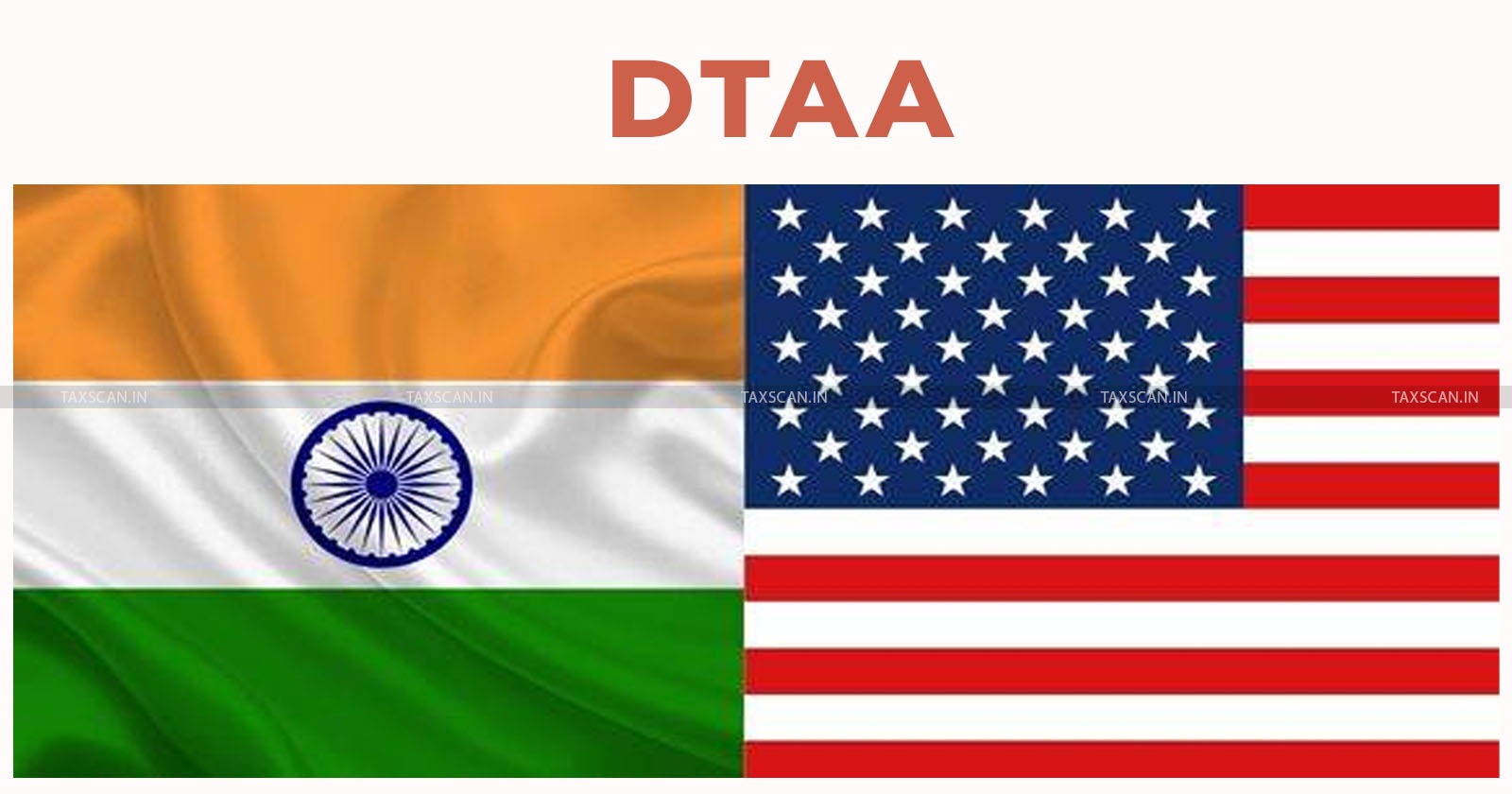K.T. Thomas, J.@mdashSpectators of a final volley ball match in a tournament became spectators of a murderous bout. It happened on the May Day of 1988 between deceased on the on side and four Appellants on the other. Deceased sustained fatal stab injuries to which he succumbed without delay. Learned Sessions Judge convicted all the four (who are brothers between them) of the offence of murder with the aid of Section 34 of the Indian Penal Code and they were all sentenced to imprisonment for life. Hence this appeal by them.
2. The scene of occurrence was the compound of St. Mary''s Church, Muttinakam. There was long standing hostility between the two families of the deceased and the Appellants. According to the prosecution version, Appellants were looking forward to settle scores with the deceased and on the May Day evening, after the final match was played and prize distribution was over, the four Appellants confronted the deceased and caught hold of him. Firsit Appellant had a Knife with him. When the deceased was held by three Appellants from behind, first Appellant held him by the neck with his left arm and inflicted a stab injury on the left leg and three stab injuries on the chest. When the grip on the deceased was loosened, the deceased crouched and then first Appellant stabbed him on the back. The victim slumped down and then all the assailants took to their heels. Before the deceased could be removed to the nearest hospital, he breathed his last. This, in brief, is the prosecution story.
3. One of the eye witnesses (P.W. 1) went to the local police station and lodged First Information Statement at 10 p.m. All the Appellants later surrendered before the Magistrate''s Court on 6th May 1988. Investigating officer secured their custody and on the basis of the statement elicited from the first Appellant, a knife (M.O. 1) was recovered from a pond.
4. Appellants have a different version of the occurrence. According to them, deceased was drunk and he picked up a quarrel with first Appellant by taunting him with the words "don''t try to become smart"; it was followed by a brawl and a tussle and then the other Appellants rushed to separate them; deceased had a knife and after strenuous efforts the knife was wrested from him.
5. Prosecution version has been supported by four eye witnesses (P.Ws. 1, 2, 4 and 5). They all said that they saw the incident which took place after the volley ball match. Sessions Judge accepted their evidence. The defence examined four witnesses among whom D.Ws. 2 to 4 spoke to the defence version and D.W. 1 (brother, of P.W. 1) said that after the volley ball match was over he and P.W. 1 together went home. Learned Sessions Judge disbelieved the defence evidence.
6. We have no hesitation to agree with the learned Sessions Judge regarding the defence evidence. None of them said that deceased sustained injuries. Post-mortem certificate shows the injuries found on the dead body. Out of three incised penetrating wounds, one was on the neck having a depth of 12 cms. which entered into the abdomen and right lobe of the liver; the other two were on the chest which pierced into the abdomen cutting the diaphragm and the stomach. He had two other stab wounds, one on the chest and the other on the left leg, but they did not involve any vital organs. The defence witnesses who said that they did not see any one of the Appellants stabbing the deceased were obviously speaking falsehood.
7. A contention was raised by the learned Counsel for the Appellants that the trial judge adopted a partisan attitude by putting cross questions to the defence witnesses alone without putting any question to the prosecution witnesses. Learned Counsel invited our attention to the observations recently made by Manoharan, J. in
8. It was once thought that function of the Judge did not include, putting questions and eliciting facts during trial. The celebrated authors Sir John Woodroffe and Syed Amir Ali quoted the classic advice administered to a newly appointed Judge that "he should take a sup of holy water in his mouth at the beginning of a case and not swallow it until the evidence on both sides has been heard" (vide page 904 of Law of Evidence by Woodroffe and Amiir Ali-1992 Edition). But later on the judicial approach differed. According to Lord Goddard. "if a Judge thinks that a case has not been thoroughly explored, he is entitled to put as many questions as he likes". It is the later view which gained entry into the Indian Evidence Act. Sir J.F. Stephen, in his introduction to the Evidence Act pointed out that Section 165 is intended to arm the Judge with the most extensive power possible for the purpose of getting at the truth. First paragraph of Section 165 reads thus:
Judge''s power, to put questions or order production.- The Judge may, in Order to discover or to obtain proper proof of relevant facts, ask any question he pleases, in any form, at any time, of any witness, or of the parties about any fact relevant or irrelevant; and may order the production of any document or thing; and neither the parties nor their agents shall be entitled to make any objection to any such question or order, nor, without the leave of the Court, to crossexamine any witness upon any answer given in reply to any such question.
The only hurdle imposed by the section is that the Judge cannot compel any witness who has entitlement to refuse to answer by virtue of the privileges envisaged in Sections 121 to 131 and to keep within the bounds fixed in Section 148 or Section 149 of the Evidence Act. Subject to the said restriction the power of the Court to put questions is pleanary. Questions can be put by the Court "in any form" about "any fact" at "any time" to "any witness". Ambit of the power of Court to put questions to witnesses on either side of a cause is further amplified by using the words "as he pleases" and "relevant or irrelevant". The object of conferring such wide and plenary powers on the trial Judge or Magistrate to put questions to witnesses is to help the Court to discover or to obtain proper proof of relevant facts. In a case where a trial Judge threatened and repeatedly warned the witness with prosecution for perjury, the Supreme Court cautioned him that the plenary power contained in Section 165 should be so exercised as to avoid giving any hint of partisanship and without frightening or bullying witnesses. At the same time, the Supreme Court pointed out that the Judge "must become a participant in the trial by evincing intelligent and active interest by putting questions to witnesses in order to ascertain the truth" vide
9. Time and again High Courts and Supreme Court have pointed out to the trial Judges and Magistrates that it is not merely a power which is envisaged in Section 165 but a duty cast on them to question witnesses themselves in order to elicit relevant matters. Early decisions also pointed out that it would be abdication of judicial function to allow a cause to suffer on account of failure to elicit releyant matters from witnesses.
10. A Division Bench of the Calcutta High Court had to deal with the contention that a particular trial Judge had exceeded his powers by putting as many as 574 questions to a witness in
It is obvious that the Judge contemplated by the section is not a mere umpire at a witcombat between the lawyers for the parties whose only duty is to enforce the rules of the game and declare at the end of the combat who has won and who has lost. He is expected, and indeed it is his duty, to explore all avenues open to him in order to discover the truth and, to that end, question witnesses on points which the lawyers for the parties have either overlooked or left obscuec or wilfully avoided....
Dealing with the contention that such questions can be put only at the close of examination madeby the counsel, the Division Bench commented thus: "The Judge may always intervene, in the course of examination by counsel, to put a question, in a clearer form or to have an obscure answer clarified or to prevent a witness being unfairly misled". It was in approval of the said observations that Chinnappa Reddy, J. has commented in
11. The contention that the trial Judge cannot be permitted to put questions to fill up the lacuna in the prosecution evidence is equally fallacious because it is the duty of the Judge to put all necessary questions to discover or obtain proof of all relevant facts. Even if it results, some times, in filling the lacuna in prosecution evidence, the trial Judge is not inhibited from putting such questions. It is only exhibition of judicial weakness if a trial Judge points out in his judgment that the cayise suffers due to failure of the prosecutor or the defence counsel in eliciting proof of relevant facts.
12. Learned Single Judge in
13. In this case when the Sessions Judge found it necessary to put questions to the defence witnesses she is justified in exercising her power and no matter that she did not put cross questions to prosecution witnesses.
14. Learned Counsel contended that since P.Ws. 1, 2, 4 and 5 are relatives of the deceased, their testimony should be evaluated with great caution. We have gone through the entire evidence. Even one of the defence witnesses admitted that the prosecution witnesses (to the occurrence) were also present at the scene when the incident happened. We do not find any reason to reject their evidence.
15. Learned Counsel alternatively contended that since none of the prosecution witnesses has spoken as to how the incident commenced, Court can reasonably conclude that the deceased was the aggressor in this case. In support of the said contention learned Counsel highlighted the large number of abrasions found on the dead body and the fact that dead body was covered with sand. He also pointed out that even prosecution witnesses agreed that deceased was a habitual drunkard. Despite the attempts made by the public Prosecutor to explain some of the abrasions as caused when Appellants caught hold of the deceased forcefully, a large number of Abrasions and bruises noted by the doctor on the dead body cannot easily be digested into the said theory. Those injuries are more consistent with the theory that a scuffle would have precede the stage from which prosecution witnesses started seeing the occurrence. In the circumstances it is difficult for us to find that Appellants were the aggressors in the encounter. Nor can We dismiss the suggestion that it was the deceased who started the aggression, though it is hardly sufficient to give a verdict of acquittal. However, Appellants are certainly liable to be convicted u/s 304 Part-I read with Section 34 of the I.P.C.
We, therefore, alter the conviction from Section 302 of the I.P.C. to Section 304 Part I of the I.P.C. We sentence first Appellant to undergo rigorous imprisonment for ten years as he went on stabbing the deceased and even after the victim fell down he chose to stab him again. The other Appellants have already undergone rigorous imprisonment for more than three years. We think that sentence for A-2 to A-4 can be limited to the period already undergone by them. We order so. Hence we direct that A-2 to A4 be released from jail, unless they are involved in any other case.
Appeal is disposed of accordingly.

